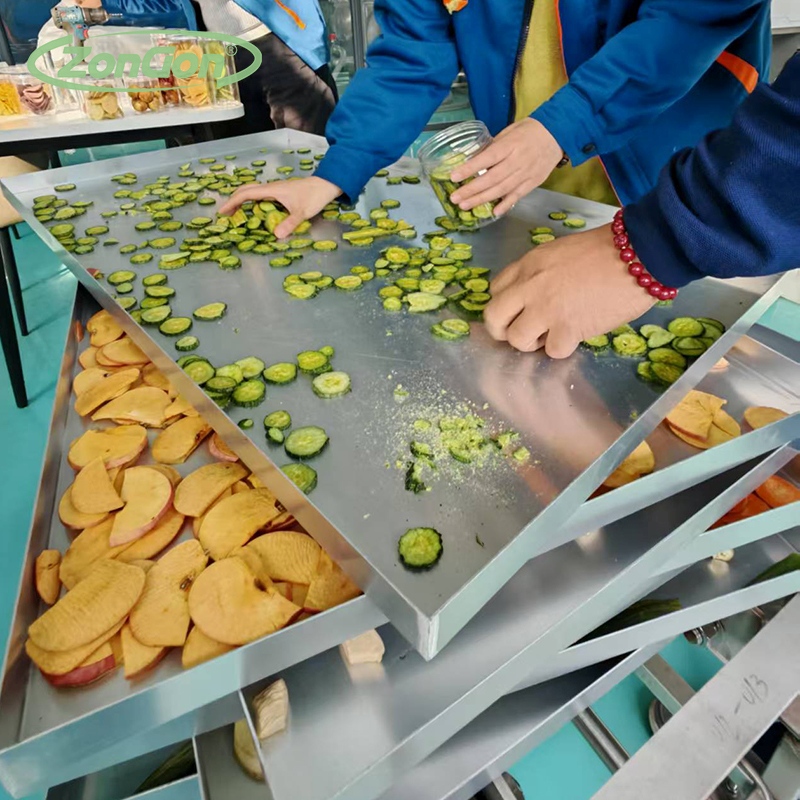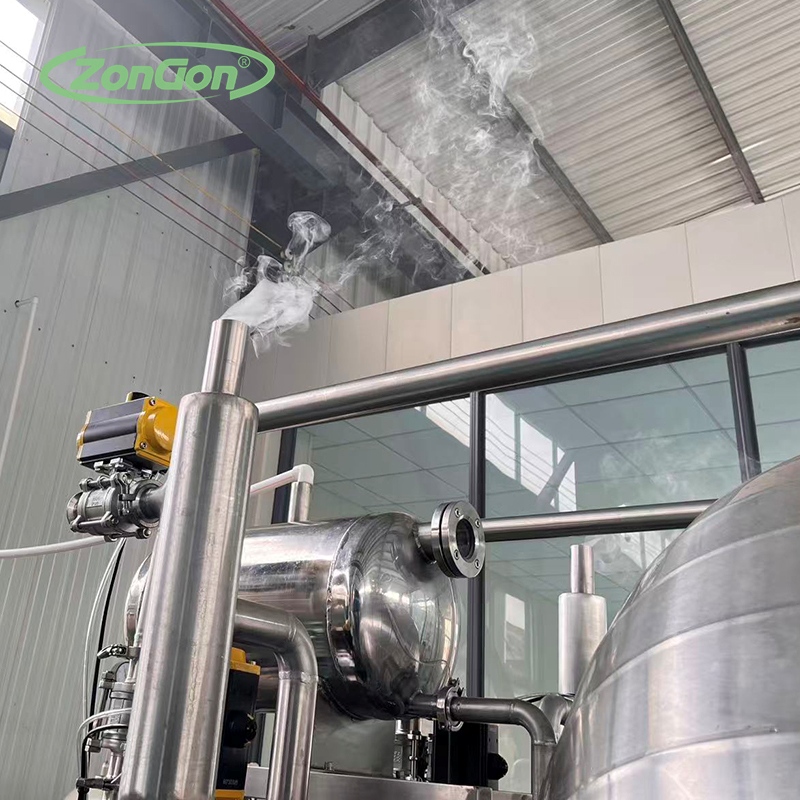

categories
A freeze dryer, fully named a lyophilizer, is a device that removes water from materials through freezing and vacuum sublimation, achieving long-term stable preservation while maximizing the retention of the material's chemical, biological properties, and structure. Let's take a closer look at its core principles, standard operating procedures, and some practical key points.
🧊 Core Principles and Key ComponentsThe core principle of a freeze dryer is sublimation, which is the process of a substance transforming directly from a solid (ice) to a gas (water vapor). To achieve sublimation, specific physical conditions need to be created, and the entire process mainly comprises three key stages:
Pre-Freezing Stage: Rapidly cool water-containing materials so that the internal moisture completely freezes into solid ice crystals. This stage is intended to prepare for subsequent sublimation drying.
Primary Drying (Sublimation Drying): Under a vacuum, slightly heat the frozen materials to provide the energy required for sublimation, allowing the ice crystals to turn directly into water vapor without becoming liquid. This process removes most of the free water from the material.
Secondary Drying (Desorption Drying): At a higher temperature, further remove residual water that is more tightly bound to the solid matrix. This stage is crucial for the long-term stability of the preserved material.To achieve the above process, a freeze dryer usually includes the following key systems:
Refrigeration System: Provides the necessary cooling for pre-freezing the material and for capturing water vapor in the cold trap.
Vacuum System: Creates the low-pressure environment needed for sublimation.
Heating System: Supplies the latent heat required for sublimation during the drying stages.Control System: Precisely regulates parameters such as temperature and vacuum level.



Email: zongon@zongon.com
ADD: Xinxing Town Station, Weifang, Shandong, China
 English
English 中文简体
中文简体